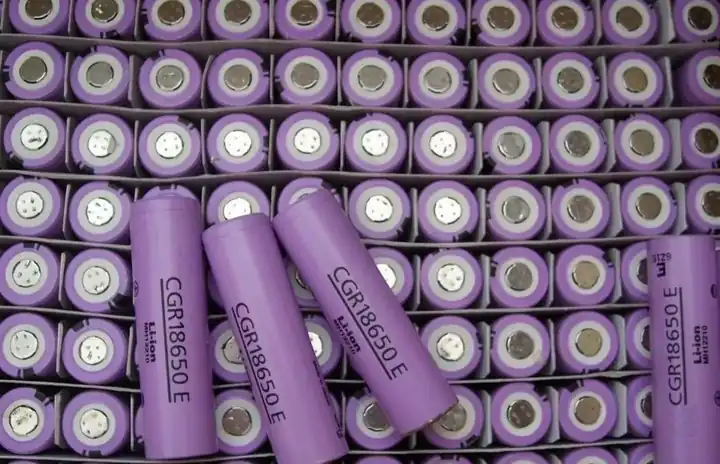Messi Biology stated that magnesium hydroxide is used in lithium cobalt oxide batteries, which is mainly reflected in the modification agents for additives and electrode materials. As a battery additive, the additive amount is generally 0.5%-2. %.

Catalytic decomposition of harmful substances:
Magnesium hydroxide can catalyze the decomposition of harmful substances such as fluoride and sulfur dioxide in the electrolyte, reducing the degree of decomposition of the electrolyte, thereby extending the battery life.
Prevent lithium dendrites from growing:
The insulating properties of magnesium hydroxide can effectively isolate the positive and negative electrodes, prevent the transpole reaction of lithium ions, and inhibit the growth of lithium dendrites, prevent internal short circuits of the battery, and improve the safety of the battery.
Improve discharge performance:
The addition of magnesium hydroxide can speed up the charging and discharge speed of the battery and improve the circulation stability and static stability of lithium-ion batteries.
Optimize battery structure:
By controlling the addition amount and dispersion of magnesium hydroxide, the crystal growth direction and rate of the electrode material inside the battery can be adjusted, thereby adjusting and optimizing the battery performance.
Things to note in application
Particle size control:
The particle size of magnesium hydroxide has an important influence on its performance in lithium cobalt oxide batteries. Generally speaking, the smaller the particle size, the larger the specific surface area, and the larger the contact area with the electrode material and the electrolyte, the more obvious its effect. Therefore, in practical applications, it is necessary to strictly control the particle size of magnesium hydroxide, and nano-grade magnesium hydroxide is usually used to fully utilize its performance advantages.
Dispersibility issues:
Since magnesium hydroxide particles are prone to agglomeration, it is difficult to disperse evenly in the battery system, which will affect its effect. In order to improve the dispersion of magnesium hydroxide, surface modification and other methods are usually required, such as surface treatment of magnesium hydroxide with surfactant, so that its surface has better lipophilic or hydrophilicity, making it easier to use the electrode Disperse evenly in the material or electrolyte.
Adding volume optimization:
The amount of magnesium hydroxide added needs to be optimized according to the specific system and performance requirements of the battery. If the amount of addition is too small, it may not be able to fully play its role; if the amount of addition is too large, it may lead to an increase in the internal resistance of the battery and a decrease in battery performance.
